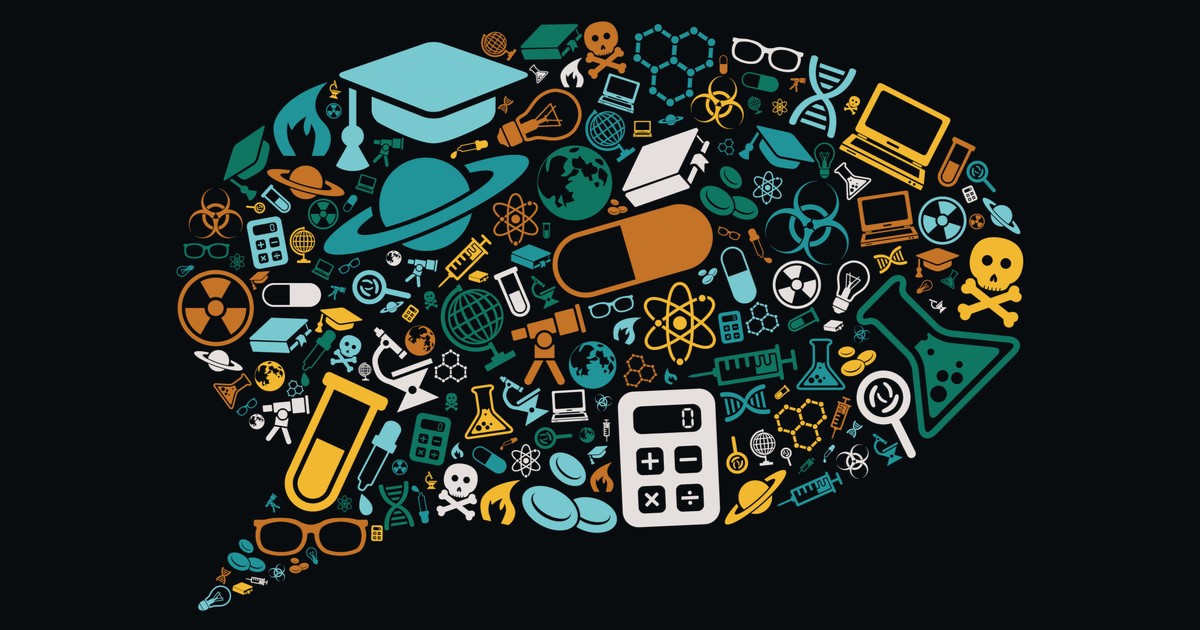Fighting Health Misinformation
by Grayce Mores, updated August 2020
Where does health misinformation come from?
Information on the coronavirus wasn't available quickly enough, which left a void for conspiracy theories and misinformation to fill in the gaps. Fear, contradictory recommendations, and confusing information allowed conspiracy thoeries to flourish. Health information because politicized and safety measures like social distancing and mask wearing because polarizing issues. Additionally, there was a decline of trust in the government, public health and healthcare institutions.
Several factors can contribute to the rise of misinformation:
- Confirmation bias - a willingness to believe misinformation because it fits into an existing worldview
- Conformity cascade (bandwagoning) - people are more willing to believe if other people believe, especially those in close social circles
- Disconfirmation, oppositional, or assimilation bias - "the more you try to talk me out of it, the more I know I am right or correct"

What were people saying about COVID and vaccines?
Many of these theories were misinformation, which was typically well-intentioned but misinformed, and spread quickly through social media channels. There were conspiracy theories about microchips in the vaccine, that the vaccine would change your DNA and that the vaccine would impact reproductive health. Many concerns stemeed from the timeline of vaccine development, as rumors abounded that the vaccine was "rushed" and therefore less effective or it hadn't undergone proper safety testing.
COVID-19 vaccine hesitancy was fueled by the existing anti-vaccine movement, which focused heavily on childhood vaccinations like MMR (measles, mumps, and rubeolla). Misinformation abounded that vaccines could cause cerebral palsy, severe allergic reactions or autism, despite repeated academic studies disproving these health risks.
How did public health institutions respond to misinformation?
The lack of official response early in the pandemic set public health officials at a disadvantage to fight the rampant misinformation surrounding COVID-19.
Learn more about how public health officials are working to combat misinformation.